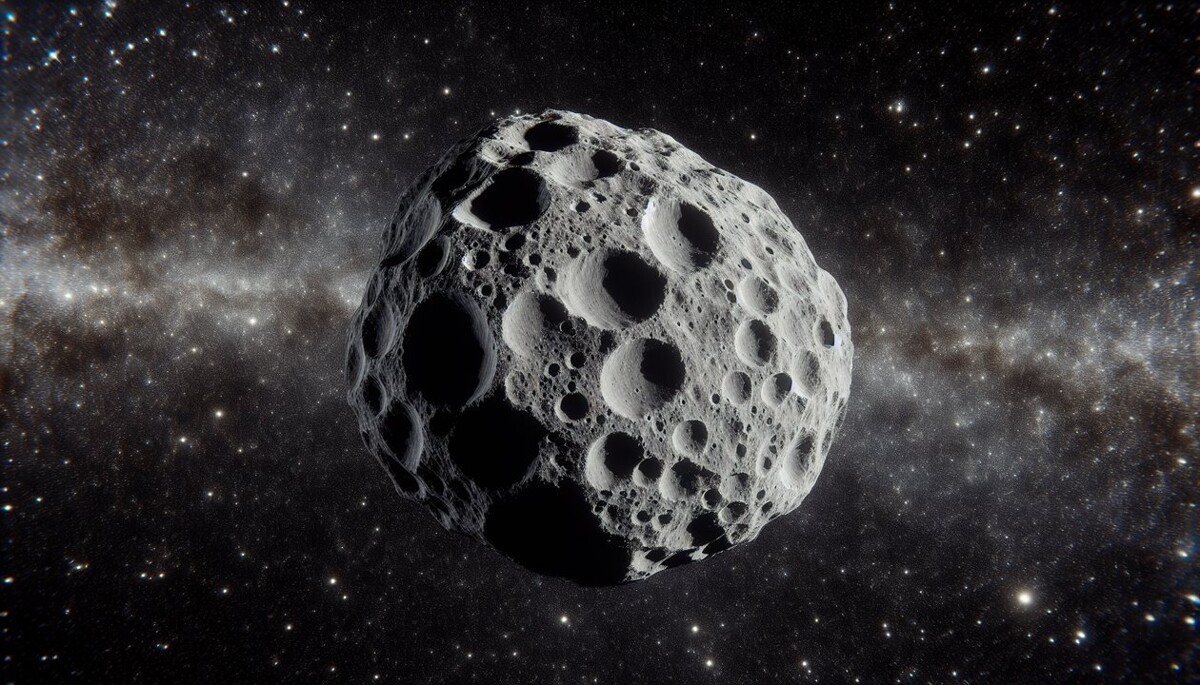
According to the consulted experts, in case of an asteroid impact, the most likely scenario is that it will fall into the ocean or in an uninhabited area, minimizing damage. Preventive measures have been activated, such as the International Asteroid Warning Network (IAWN) and the Space Mission Planning Advisory Group (SMPAG), led by NASA and ESA, who propose strategies like redirecting the asteroid's trajectory with a spacecraft, a technique tested in the DART mission in 2022.
It was initially thought that Europe was at risk, but projections indicate that the most affected areas could be the eastern Pacific Ocean, northern South America, the Atlantic Ocean, Africa, and southern Asia. A more precise calculation is expected in 2028, when the asteroid approaches 8 million kilometers from Earth. The UN has activated the Planetary Safety Protocol for the first time upon detecting the asteroid 2024YR4, which is 90 meters in diameter and may impact on December 22, 2032.
Although the probability of collision is 1.5%, NASA and ESA have begun to evaluate strategies to mitigate the risk. Discovered in December 2024, this asteroid was classified at level 3 on the Torino Scale, indicating that it is not an imminent threat, but constant monitoring is required.
The UN has implemented security mechanisms to monitor the asteroid's trajectory and assess the actual risk. In the event of an impact, the energy released would be similar to that of a nuclear explosion, with consequences comparable to Tunguska in 1908.














